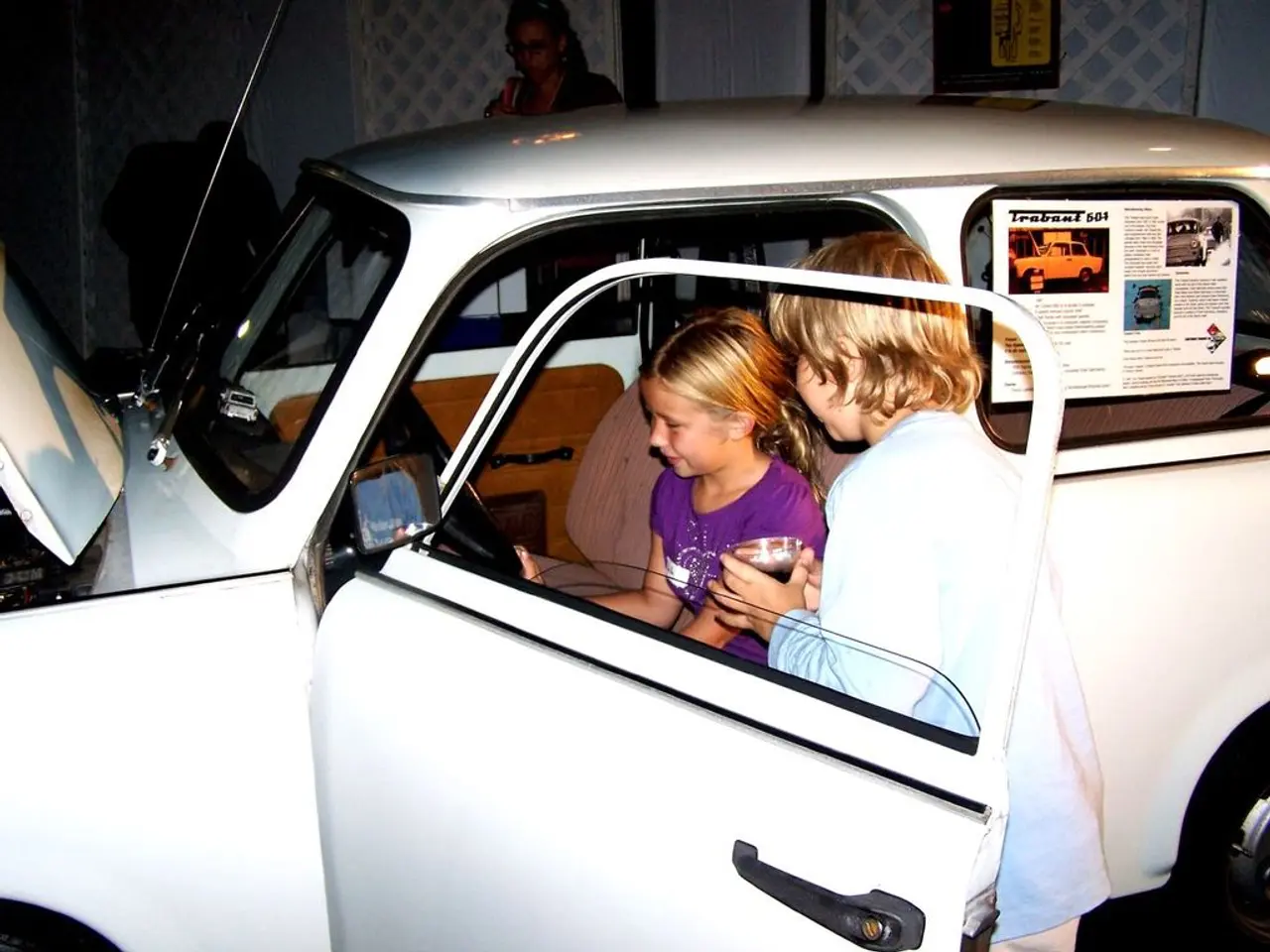Hot Cars: 40 U.S. Children Die Annually From Heatstroke
On a sunny day, the interior of a car can rapidly heat up, posing a serious risk to children left inside. A child's body temperature rises faster than an adult's, making them more vulnerable to heat-related illnesses. Tragically, about 40 children die annually in the U.S. from heatstroke after being left or trapped in hot cars.
In just 10 minutes, the temperature inside a vehicle can rise by 20 degrees Fahrenheit (11 degrees Celsius) on a sunny day. When it's only 20 degrees Celsius (68 degrees Fahrenheit) outside, a car's interior can reach a scorching 47 degrees Celsius (117 degrees Fahrenheit). This rapid heating puts children at grave risk, as their bodies heat up three to five times faster than adults. Even a moment of forgetfulness can lead to disaster, with most hot car deaths occurring due to such lapses.
To protect children, parents can take several precautions. Positioning a child's car seat on the passenger side allows for easier visibility from the driver's seat. Keeping a visual cue on the front seat, such as a stuffed animal or a reminder note, can also help prevent leaving a child behind. Placing personal items in the back seat serves as another reminder to check for your child before exiting the car. Additionally, asking your child's caregiver to call you if your child doesn't show up can provide an extra layer of security.
Heatstroke, a life-threatening condition that can cause organ failure and brain swelling, is a real danger when children are left in hot cars. By taking simple precautions and being mindful, parents can prevent these tragedies and ensure the safety of their children.
Read also:
- Abu Dhabi initiative for comprehensive genetic screening, aiming to diagnose over 800 conditions and enhance the health of future generations in the UAE.
- Elderly shingles: Recognizing symptoms, potential problems, and available treatments
- Exploring the Reasons, Purposes, and Enigmas of Hiccups: Delving into Their Origins, Roles, and Unsolved Aspects
- Various forms of cataracts include nuclear, pediatric, traumatic, and additional types







